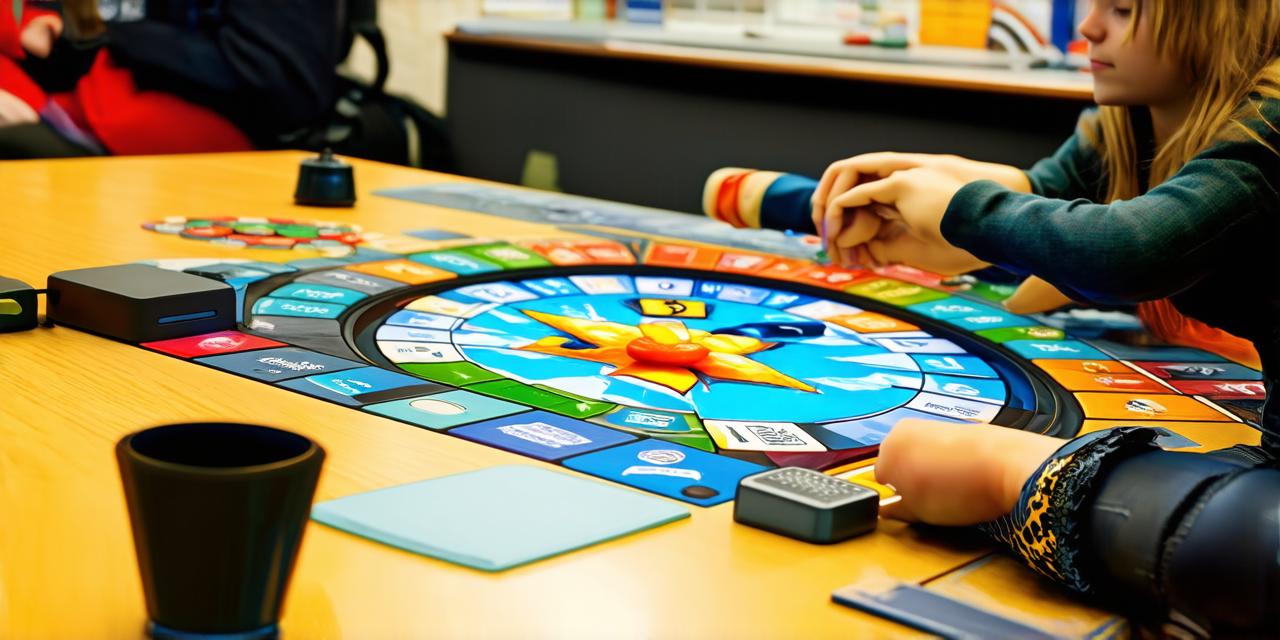Starting a video game club high school is an exciting opportunity for game developers to connect with like-minded individuals, gain valuable experience, and contribute to their local community. In this article, we will guide you through the process of starting your own video game club at high school, from researching and planning to organizing events and promoting your club.
Step 1: Research and Planning
Before starting a video game club high school, it’s essential to conduct thorough research and planning. Firstly, consider the size of your school, the level of interest in gaming among students, and the resources available.
Once you have gathered this information, start brainstorming ideas for the club’s goals, activities, and structure. Some potential areas to focus on include:
- Game development workshops: Offer hands-on workshops where students can learn game design, coding, and other essential skills.
- Gaming tournaments: Organize competitions with prizes for winners. This is an excellent way to engage students and foster a sense of competition.
- Guest speakers: Invite experienced game developers to speak about their work and provide insights into the industry.
- Charity events: Consider organizing events that raise money for charity, such as a gaming marathon or a sponsored game night.
Step 2: Gather Support and Resources
Once you have your ideas in place, it’s time to gather support and resources. Firstly, reach out to the school administration and explain your vision for the club. Be sure to emphasize its educational benefits and potential for community involvement.
Next, consider recruiting other game developers who can help mentor and guide the students. Reach out to local gaming communities or game development groups to see if anyone is interested in joining your club as a mentor.
Finally, gather resources such as equipment, software, and funding. Look for sponsorships from local businesses or organizations that support educational initiatives in the community.
Step 3: Launch Your Club
With your research, planning, and resources in place, it’s time to launch your video game club high school. Start by creating a website where students can learn more about the club, join, and find out about upcoming events.
Next, hold an orientation session for new members where you can explain the club’s goals, activities, and expectations. This is also an excellent opportunity to gather feedback from students and make any necessary adjustments.
Finally, host your first event! Consider starting with a small tournament or game night to gauge interest and build momentum for future events.
Step 4: Promote Your Club
Promoting your video game club high school is essential to attract new members and sustain its success. Some effective ways to promote your club include:
- Social media: Use social media platforms such as Facebook, Twitter, and Instagram to share updates about your club’s activities, events, and news.
- Flyers and posters: Create eye-catching flyers and posters that showcase your club’s mission, goals, and upcoming events. Place them in strategic locations around the school, such as cafeterias, hallways, and classrooms.
- Word of mouth: Encourage current members to talk about the club to their friends, family, and other students. This is an excellent way to generate interest and recruit new members.
- Sponsorships and partnerships: Seek out sponsorships from local businesses or organizations that align with your club’s mission and values. Partnering with these groups can help increase visibility and support for your club.
Step 5: Measure Success and Make Adjustments

Measuring the success of your video game club high school is essential to ensure it’s meeting its goals and making a positive impact on students and the community.
